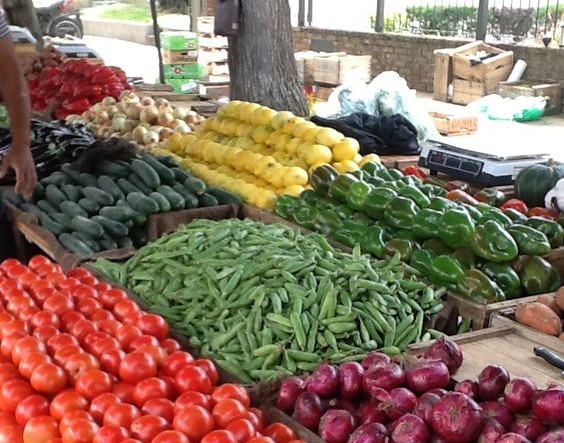The recent report highlighting post-harvest losses reveals the deep-seated weaknesses in Nigeria’s agricultural policies and decades of troubling contradictions. According to Ibrahim Ishaka, a food and nutrition specialist at the FAO, nearly 50% of agricultural produce is lost within the food supply chain.
Perishable goods are particularly affected. While these items are abundant during harvest season, they quickly diminish due to spoilage and inadequate storage facilities. A well-known market in Lagos becomes a distressing sight during fruit season, with piles of decaying produce emitting a repulsive odor. This not only results in substantial losses for sellers but also poses health risks to market-goers.
This situation is concerning yet unsurprising. Despite possessing 70.8 million hectares of arable land, Nigeria only cultivates about 44% of this area. Even this cultivated land is not utilized to its full potential, leaving over half of the nation’s 233 million people facing hunger, despite the trillions of naira invested in food imports and other government initiatives over the years.
In contrast, China cultivates just about 10% of its arable land, yet it stands as the world’s largest food producer. This achievement is attributed to advanced, technology-driven agricultural practices and a robust value chain.
As reported by the National Bureau of Statistics, crop production accounted for 19.24% of Nigeria’s GDP in the first quarter, but the methods remain basic. Most agricultural practices are subsistence-based and concentrated in rural areas. In 2022, Nigeria’s cereal yield per hectare was only 1,656 kg, significantly lower than Albania’s 5,201 kg, The Bahamas’ 7,424 kg, Belgium’s 8,604 kg, or Kuwait’s 13,526 kg.
Farmers still rely on traditional tools like hoes and cutlasses, which have not evolved in generations. Many farmers are unaware of modern crop varieties that require shorter growth periods and resist pests.
Opportunities in livestock, agroforestry, fishing, and aquaculture are largely untapped. Cattle ranching is plagued by political divisions and tribal conflicts, leading to frequent violent encounters between herders and crop farmers. The FAO estimates that annual deforestation rates range from 0.7% to 2.38%.
Irrigation-based dry-season farming remains limited, leaving food crops unavailable during off-seasons. This cycle must be broken.
Countries with far less arable land prioritize their agricultural value chains by developing robust storage systems, building silos, and establishing crop processing and packaging industries. For instance, Japan, despite its limited arable land, focuses on cultivating high-value crops like rice, vegetables, and fruits with high productivity. India has successfully reduced its post-harvest losses by implementing durable storage solutions among other strategies.
To address its agricultural shortfalls and combat hunger, Nigeria must reevaluate its food production methods.
President Bola Tinubu faced two hunger protests in 2024, a wake-up call that should drive him to appoint qualified technocrats to manage critical ministries like agriculture.
In northern Nigeria, farmers face threats from kidnappers and armed groups, often forced to pay tributes for safe passage to their farms. Strengthening the fight against insecurity is essential to protect these farmers. The government should also facilitate the transition from outdated farming tools to modern, high-yield crop varieties.
In the supply chain, food transporters are burdened by unofficial levies and taxes imposed by various security agents, leading to inflated food prices. Implementing a functional railway system could alleviate road extortion issues.
Additionally, the government should reevaluate its food storage infrastructure. Reviving silos and encouraging private investments in the agricultural value chain will be crucial.
In his Independence Day speech, Tinubu mentioned the introduction of tractors to enhance crop production. A thriving value chain is essential to absorb the increased agricultural output from these initiatives.


